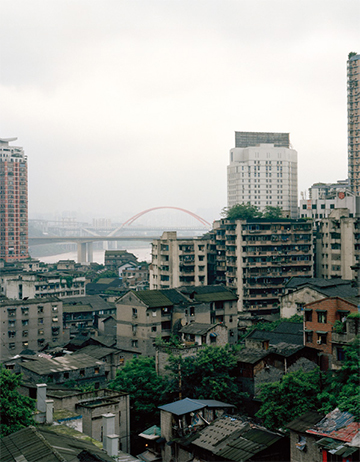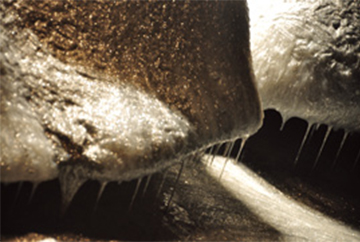A TALE OF TIER TWO CITIES
| February 10, 2012 | Post In LEAP 13


Chongqing is western China’s only centrally administered city, a mountain town where two rivers meet, one of modern Chinese history’s most strategically important strongholds, and one of the most important sources of contemporary Chinese art. It is a city that never stands still, and at this point in history, one with an especially complicated and interesting identity.

As you follow the road uphill, the old houses lining both sides suddenly change, their facades now covered in colorful graffiti. Two huge smokestacks spilling out white smoke loom ahead, dominating your field of vision, as if guiding you. Huangjueping nowadays presents a synchronic image of itself: anyone who knows this area’s history will speak of its historical importance as an industrial hub, but to outsiders it is now simply known as the district where the old campus of the Sichuan Fine Arts Institute is located.

Many believe that Wuhan, the historic inland port city midway up the Yangtze, is on the up. And yet a week of first-hand observation shows a youth culture struggling to cope with its second-tier identity, leaving questions as to how the creative potential of similar places in China can find stable course.

It is not only to be expected that China’s outlying provinces lag behind its center: it is unavoidable. Wuhan holds a significant place in the Chinese contemporary art landscape, but compared with Beijing and Shanghai, there can be no doubt that, artistically speaking, it still lies on the periphery. Its market has yet to take shape, and the roles of its institutions remain vague. However, recent shifts in the city’s provincial and municipal art museums, coupled with the emergence of a smattering of galleries and the dynamism of certain homegrown artist collectives, signal that things are beginning to change around here.


